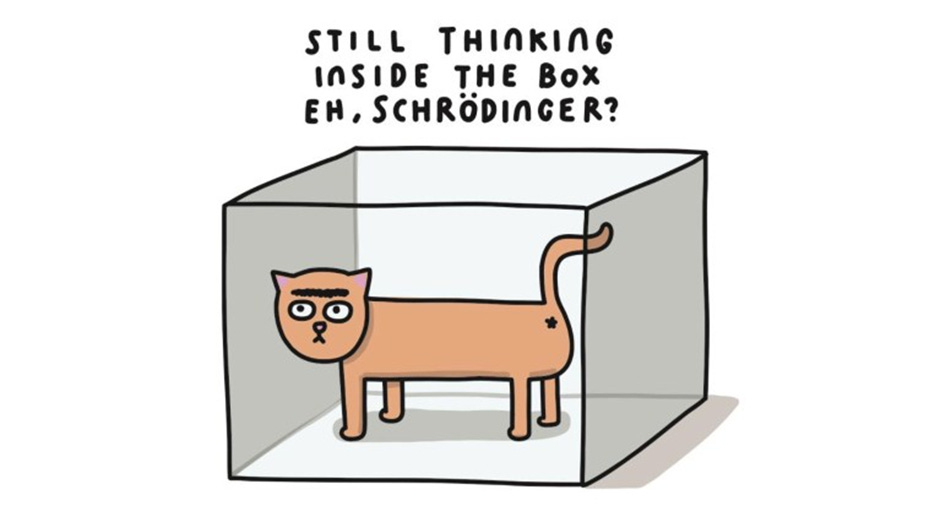RNA vaccines have been the breakthrough vaccine technology of
the past 5 years. They have been extremely successful in preventing disease
following viral infection – particularly against SARS-CoV-2, the virus that
causes COVID-19. They have also been licensed for use against another virus,
RSV.
However, some questions remain as to whether they can be
used against bacterial infections. One of the major questions relates to the
way in which RNA vaccines work. The power of RNA vaccines is that they use the
common building block of life (RNA), which is universal across all organisms. Because
the platform uses the same stock material, the same manufacturing approach can
be used to make any vaccine from Anthrax to Zika. The neat trick is that we are
relying upon the injected cells to turn the RNA into protein, in a process
called translation. However, whilst the code is the same for all living things,
translating the letters of the RNA into the letters of amino acid isn’t all
that is required to make a functional protein. There are subsequent modifications
for example adding sugar molecules. These modifications differ between the
different kingdoms, in particular, bacteria use a very different system to
modify their proteins than humans. The questions is therefore whether RNA encoding
bacterial genes would make properly folded proteins in human cells.
This is an important question because many of the most
dangerous pathogens we face are bacterial in origin. This threat is
particularly concerning due to the rise of antibiotic resistance. Which is
where the frontline drugs we use to treat bacterial infections begin to fail.
This is especially a concern in low income countries where rates of extremely
antibiotic resistant bacteria are dramatically rising. We were interested in developing
a vaccine against a bacteria called Acinetobacter baumannii which causes
severe infection in people who have had to have mechanical ventilation, for
example following surgery. In Vietnam, strains of this bacteria have been
isolated that are resistant to nearly every single antibiotic.
An additional challenge for RNA vaccines for bacteria is
choosing thee right part of the bacteria to target. Viruses are (often) simpler
organisms encoding fewer proteins overall, so selecting the right one is
(relatively) more simple. Bacteria can encode several hundred different
proteins, which are often invisible to the human immune system.
In our recent paper, Intranasal delivery
of mRNA expressing newly identified Acinetobacter baumannii antigens protects
against bacterial lung disease we set out to identify and test a new
vaccine targeting this tricksy bacteria. In a previous study we had used
another vaccine approach called outer membrane vesicles (OMV). These are little
packages that the bacteria spit out, containing a mix of proteins and other
biochemicals. We had demonstrated that these could be used to protect against
infection. Because OMV contain some, but not all of the proteins that A.
baumannii encodes, we reasoned that some of them must protect against
infection. We took two approaches to sift the proteins and found a subset of three
that were in both datasets, we then generated RNA vaccine constructs of these
and tested them. We were able to demonstrate protection against infection with
one of the genes – Oxa23. Protection was even better if we delivered the
RNA to the lungs.
We have been supported to Bactivac
to undertake this work. They are a funding agency with a remit to develop new
vaccines against antibiotic resistant bacteria. This is an important first step
in the development of a vaccine against A. baumannii.








